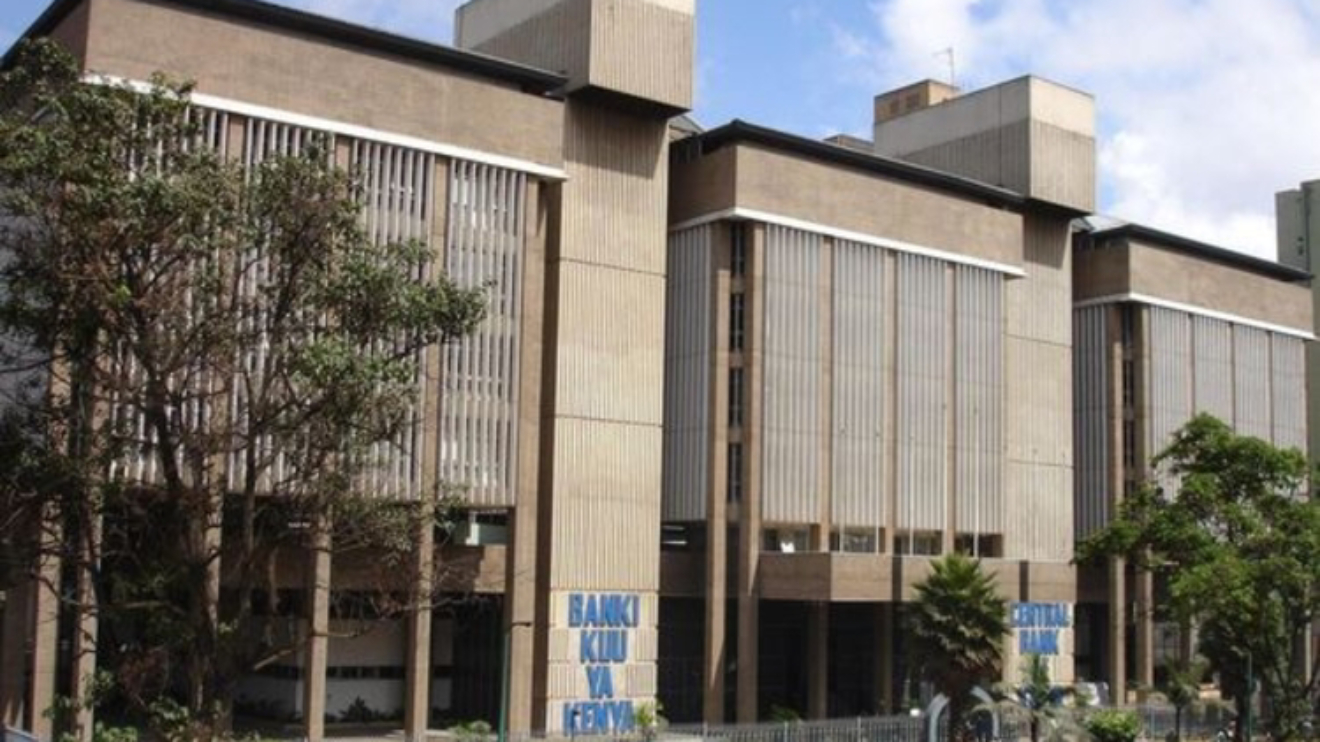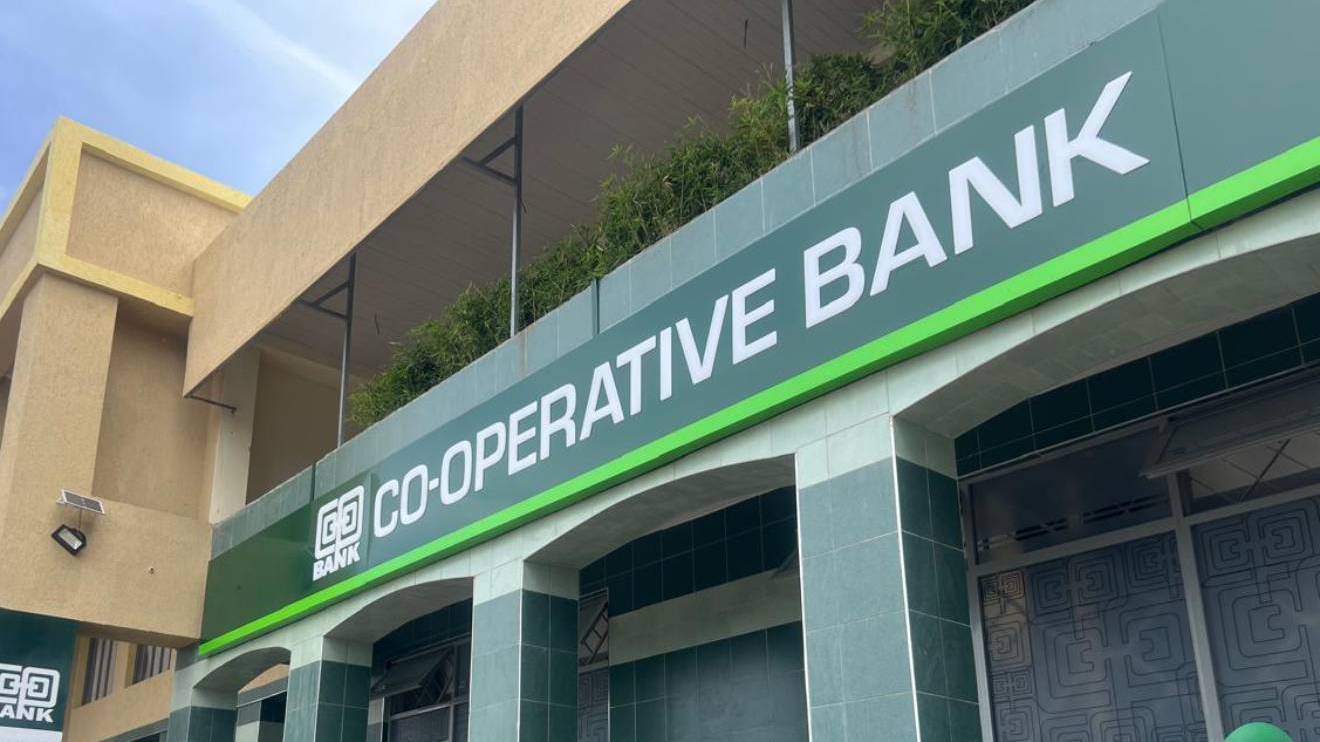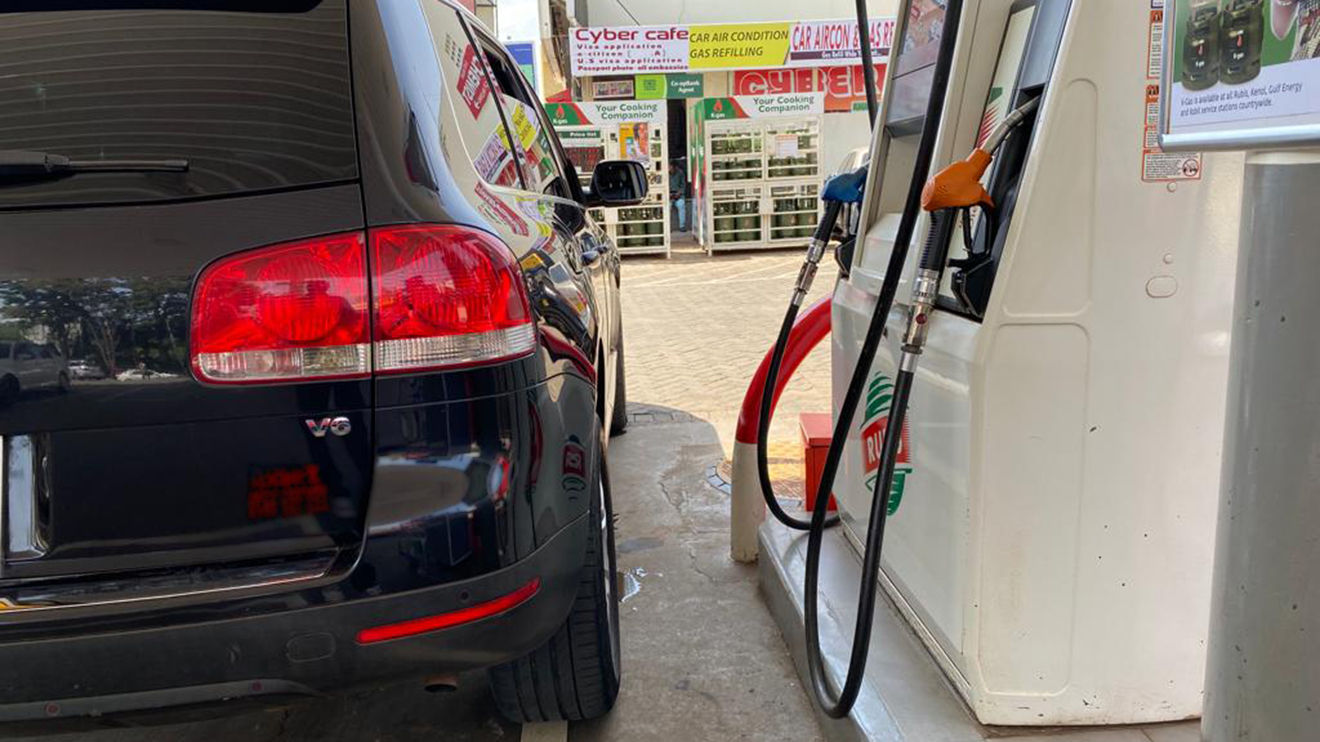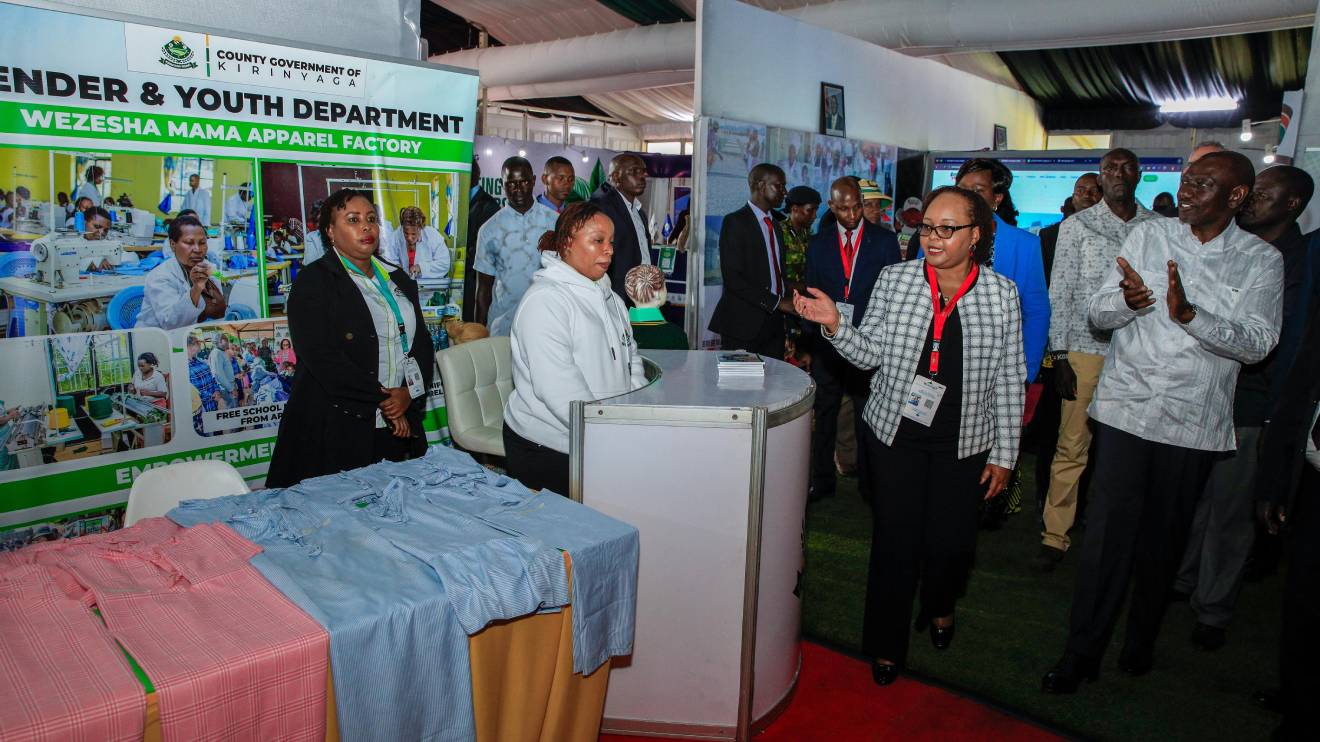Kenya’s lenders are preparing for more households to fall behind on loan repayments in the coming quarter, even as their total asset base swelled to Sh7.85 trillion by the end of June, according to new data from the Central Bank of Kenya (CBK).
Findings from the CBK’s June 2025 Credit Officer Survey show that 44 per cent of bank credit officers expect non-performing loans (NPLs) in the personal and household category to rise between July and September, compared with 38 per cent in the previous quarter.
Only 17 per cent believe the rate will remain unchanged, while 39 per cent see a decline.
“Respondents indicated that the level of NPLs is expected to remain constant in 10 economic sectors but increase in the personal and household sector during the next quarter,” the report noted,
The survey also confirmed that banks have not adjusted their lending criteria despite these forecasts.
Read More
“In the second quarter of 2025, credit standards remained unchanged in all economic sectors,” CBK stated, pointing to uniform terms across all eleven monitored industries, from manufacturing to real estate.
While personal loans face the highest anticipated strain, defaults are also expected to increase in other segments—34 per cent of banks project higher NPLs in real estate, 35 per cent in building and construction, and 34 per cent in manufacturing.
Demand for household credit grew sharply in the second quarter, with half of banks reporting more applications, up from 39 per cent in March.
However, repayment risks remain elevated, as these loans are more vulnerable to shifts in income, jobs, and living costs than corporate facilities.
The CBK data shows sector asset quality slipped slightly over the period, with the gross NPL ratio rising from 17.4 per cent in March to 17.6 per cent in June.
This was driven by a 1.6 per cent increase in gross NPLs, outpacing a 0.6 per cent growth in gross loans, which stood at Sh4.15 trillion.
To curb losses, 84 per cent of lenders plan stronger recovery measures for household loans this quarter, followed by trade at 79 per cent, real estate at 78 per cent, and building and construction at 76 per cent.
Household lending terms were eased by 24 per cent of banks in the last quarter, tightened by another 24 per cent, and left unchanged by 54 per cent.
The survey, covering 38 commercial banks and one mortgage finance institution, shows deposits climbed 2 per cent to Sh5.85 trillion, while quarterly pre-tax profits inched to Sh74.6 billion.
Liquidity stood at 58.6 per cent, far above the 20 per cent statutory minimum.
Even with strong liquidity and growing assets, the projected rise in personal loan defaults underscores mounting financial strain on households—signalling that banks m







